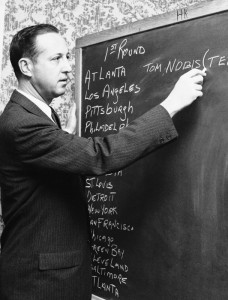 Exactly 52 years ago today, commissioner Pete Rozelle lowered the boom on Paul Hornung and Alex Karras. Rozelle suspended both NFL stars for one year for betting on games in which they played.
Exactly 52 years ago today, commissioner Pete Rozelle lowered the boom on Paul Hornung and Alex Karras. Rozelle suspended both NFL stars for one year for betting on games in which they played.
The date was April 17, 1963.
Paul Hornung became the “Golden Boy” at Notre Dame. He played for the Fighting Irish from 1954 thru 1956.
• During his sophomore season he was the second-string fullback.
• During his junior season he was a two-way star at halfback and safety.
• During his senior season he was an All-American quarterback and won the Heisman Trophy – once again playing both ways.
 As the starting quarterback, he ran, passed, and blocked. On defense, he was second on the team in interceptions and tackles, and led the team in breaking up opponents’ passes. And he was fast. While preparing for the college All-Star Game during the summer of 1957, he agreed to a match-race with fellow All-Star Abe Woodson.
As the starting quarterback, he ran, passed, and blocked. On defense, he was second on the team in interceptions and tackles, and led the team in breaking up opponents’ passes. And he was fast. While preparing for the college All-Star Game during the summer of 1957, he agreed to a match-race with fellow All-Star Abe Woodson.
Woodson was a fleet-footed running back from Illinois who would become an All-Pro cornerback and kick returner with the San Francisco 49ers. As a pro, Woodson returned two punts and five kickoffs for TDs. His 28.7 yards/kickoff return is still the best among any returners who amassed at least 5,000 return yards.
Hornung – at 6-2 and 215 pounds – beat the 5-11, 188-pound sprinter by five yards.
The Green Bay Packers selected Hornung as the first overall pick in the 1957 NFL Draft.
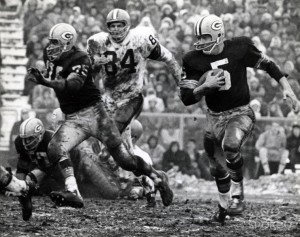 With Bart Starr already established as the starting quarterback in Green Bay, and with a capable backup QB in Babe Parilli, head coach Vince Lombardi believed that Paul Hornung’s skills could best be utilized as a running back.
With Bart Starr already established as the starting quarterback in Green Bay, and with a capable backup QB in Babe Parilli, head coach Vince Lombardi believed that Paul Hornung’s skills could best be utilized as a running back.
Hornung thrived while playing 12-game schedules throughout his years in the NFL:
• Racking up 3,711 rushing yards – a 4.2 average/carry – and scoring 50 TDs.
• Catching 130 passes out of the backfield for 1,480 yards and 12 TDs.
• Throwing the halfback-option pass for another five TDs.
• Also handling the placekicking chores and leading the NFL in scoring from 1959 thru 1961 – topping out at 176 points in 1960.
 Interestingly, Hornung spent part of that 1960 season on active duty with the U.S. Army. Vince Lombardi used his friendship with President John F. Kennedy to arrange weekend passes to make sure Hornung could play every Sunday.
Interestingly, Hornung spent part of that 1960 season on active duty with the U.S. Army. Vince Lombardi used his friendship with President John F. Kennedy to arrange weekend passes to make sure Hornung could play every Sunday.
Hornung, a two-time Pro Bowler, was the league MVP in 1961.
Prior to the inception of the Super Bowl, Hornung played on three NFL Champion teams with the Packers – 1961, 1962, and 1965. And he played on the 1966 Packers team that won the inaugural Super Bowl with a 35-10 victory over the Kansas City Chiefs in the L.A. Coliseum – although it was called the AFL-NFL Championship Game at the time.
Those championships put him in the select company of only three Heisman QBs who went on to win championships in the NFL – the other two being Roger Staubach and Jim Plunkett.
Paul Hornung is alive at the age of 79 and living in Louisville, Kentucky.
In high school in Gary, Indiana, Alex Karras established himself as a one-man wrecking crew on defense and was named to the All-State team four years in a row – from 1954 thru 1957. He was expected to follow the path of one of his two older brothers – Lou Karras, who went to Purdue and played for the Redskins, and Ted Karras, who went to Indiana and played for the Bears and Lions.
Both Purdue and Iowa coveted him. But Iowa wanted him so badly that several of their coaches met with him and kept him secluded while they convinced him to attend Iowa instead of Purdue.
Karras went to Iowa, but his college experience turned out to be a miserable one because, for the most part, he never got along with Iowa head coach Forest Evashevski.
Randy Duncan was a teammate of Alex Karras, and he describes the relationship between player and coach like so:
Karras hated Evashevski – and he still does. I think Karras hated Evy for a lot of reasons. Evy was on everybody’s back, and he was on Karras’s back big time. Karras was a great football player, but he really didn’t like offense. In those days, you had to go both ways. So he didn’t block anybody. What he wanted to do was chase down quarterbacks and play defense.
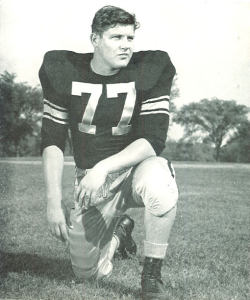 During his sophomore season, Alex Karras showed up twenty pounds overweight and the coach limited his playing time. Karras expressed his frustration by throwing a shoe at Evashevski and quitting the team.
During his sophomore season, Alex Karras showed up twenty pounds overweight and the coach limited his playing time. Karras expressed his frustration by throwing a shoe at Evashevski and quitting the team.
For his junior season, Karras mended fences with Evashevski when the coach promised to start him. In Iowa’s season opener – against Indiana – Karras looked forward to playing against his brother Ted. But Karras didn’t start, saw only limited action, and quit the team once again.
He would subsequently rejoin the team when the coach promised not to talk to him throughout the rest of his days at Iowa.
In the 1956 regular season finale, Iowa earned its first-ever trip to the Rose Bowl in a 6-0 defensive struggle against Ohio State. On the final play of the game, Karras sacked the Ohio State quarterback to end the Buckeyes’ threat to win the game.
In the Rose Bowl, Iowa beat Oregon State 35-19 – and Karras wound up winning All-American honors as a junior.
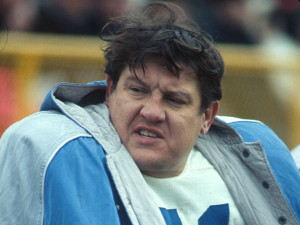 In his senior season, Alex Karras was named to the All-American Team once again. He also won the Outland Trophy as the most dominant lineman in college football, and he amazingly finished second in the voting for the Heisman Trophy.
In his senior season, Alex Karras was named to the All-American Team once again. He also won the Outland Trophy as the most dominant lineman in college football, and he amazingly finished second in the voting for the Heisman Trophy.
The Detroit Lions selected Alex Karras in first round on the 1958 NFL draft with the 10th overall pick.
In his 12 seasons with the Lions, Karras was a dominating force on defense and made the Pro Bowl four times.
Protecting the Integrity of the Game
Reacting to rumors that some of its players were betting on games, Pete Rozelle launched an in-depth probe with its objective being to protect the integrity of the game. The sting learned that both Paul Horning and Alex Karras were regularly betting on games in which they played.
Hornung was placing $500 bets on NFL games between 1959 and 1961, and Karras was betting between $50 and $100 per game. The investigations also noted that both Hornung and Karras were associating with individuals who were “known hoodlums” connected to both gambling operations and organized crime.
As previously mentioned, the commissioner suspended both players.
While Horning was contrite, saying that he made a horrible mistake and apologizing, Karras was bitter. But both admitted their wrongdoings and accepted the sanctions – and both sat out a full season before being reinstated and continuing their careers.
The NFL probe also identified and fined five other Detroit Lions – Joe Schmidt, Wayne Walker, John Gordy, Gary Lowe, and Sam Williams – for betting $50 each on the 1962 Championship Game between the Green Bay Packers and New York Giants. The fines were $2,000 each – but the players were no suspended.
Paul Hornung bet on NFL games. After serving his one-year suspension, he played in the NFL for another three seasons and was enshrined in the Pro Football Hall of Fame in 1986.
Alex Karras bet on NFL games and – after sitting out his one-year suspension – he continued to play in the league for another seven seasons.
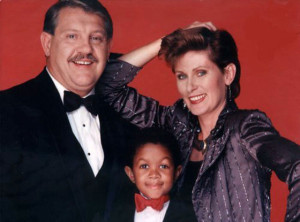 And Alex Karras had a very successful career after football. He worked in the Monday Night Football booth with Frank Gifford and Howard Cosell for three seasons – 1974 thru 1976. On TV, he appeared in episodes of M*A*S*H, The Odd Couple, and Match Game ’75. He landed significant film roles in Blazing Saddles, Porky’s, Victor Victoria, and Against All Odds.
And Alex Karras had a very successful career after football. He worked in the Monday Night Football booth with Frank Gifford and Howard Cosell for three seasons – 1974 thru 1976. On TV, he appeared in episodes of M*A*S*H, The Odd Couple, and Match Game ’75. He landed significant film roles in Blazing Saddles, Porky’s, Victor Victoria, and Against All Odds.
In the 1980s, he played the lead role for six years in the popular TV sitcom Webster.
Alex Karras died in 2012 at the age of 77.
Barry Bowe is the author of Born to Be Wild, 1964 – The Year the Phillies Blew the Pennant, and 12 Best Eagles QBs.
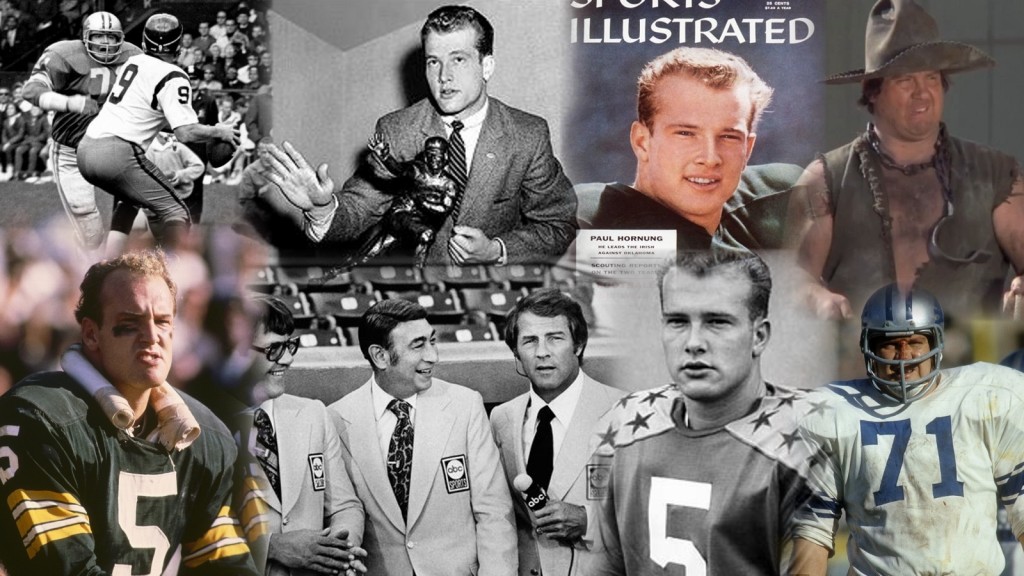


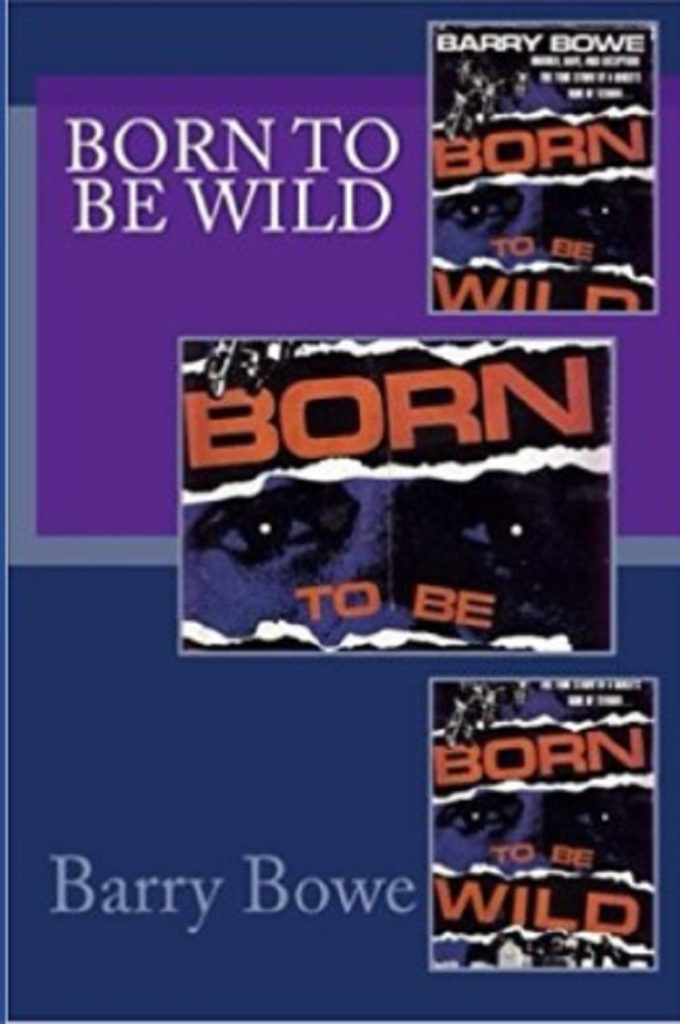


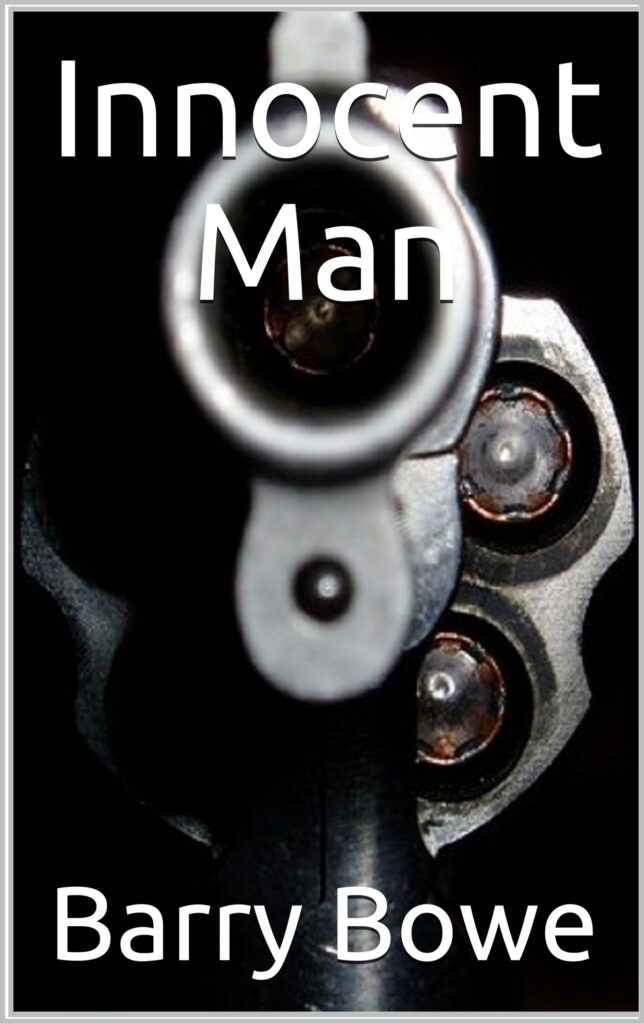

Comments
1 Comment